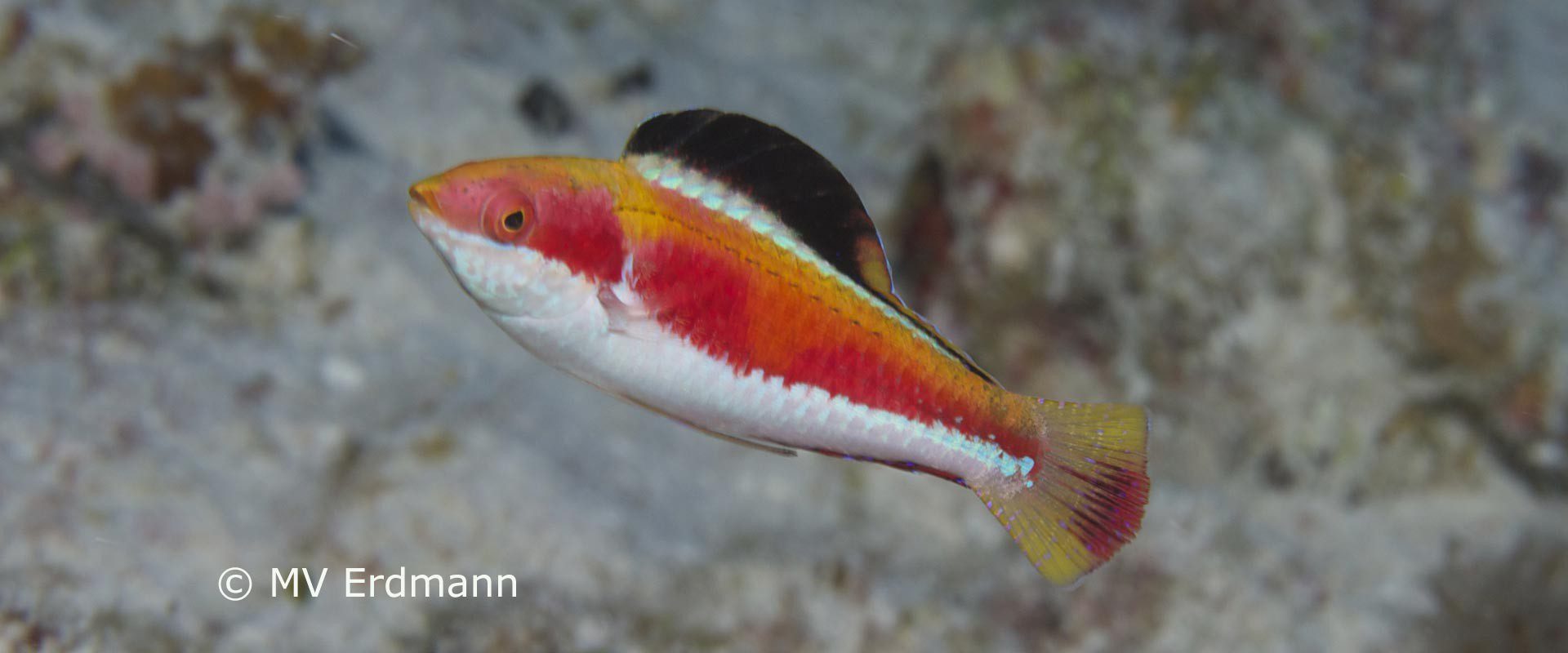BHS Fish List tops 1750!! by Mark Erdmann Ph. D.
BHS Fish List tops 1750!!
by MV Erdmann PH. D.
After 15 years of intensive ichthyological research in Raja Ampat and the broader Bird’s Head, one might reasonably assume that the rate of discovery of new fish species would decline significantly and that the overall diversity count would plateau. Amazingly, the Bird’s Head continues to defy logic, with every trip still revealing a plethora of exciting biodiversity finds. A recent trip by Gerry Allen and myself to Raja Ampat on board the Putiraja liveaboard has resulted in an important milestone: the Bird’s Head reef fish species list has now eclipsed 1750!
Those who follow the BHS website closely may remember that in late December I provided an update that listed the total numbers as 1528 reef fish species from Raja Ampat, and 1729 species from the Bird’s Head as a whole. I’m delighted to report that after a short two weeks in Raja Ampat in February, during which time we focused our efforts on some lesser visited habitats including the Ayau atoll system, the Wayag lagoon, some of the deep bays on Kawe Island and some serious “muck” on SW Batanta, we were able to dramatically increase these numbers to 1557 coral reef fish species from Raja Ampat and 1752 species from the Bird’s Head. Moreover, we added an additional 6 genera to bring the total to 498 genera known from the Bird’s Head (and 117 families). For comparison’s sake, the numbers from Cenderwasih Bay include 1044 species, while we also have recorded 1053 species from the FakFak-Kaimana coastline.
Importantly, amongst the plethora of species records from our trip were six more new species, including four gobies (one of which is actually representing an undescribed genus as well!), a Muraenichthys snake eel and a stunning fairy wrasse in the genus Cirrhilabrus.
In addition to the new species, many of the exciting finds were of known species that were previously not reported from the Bird’s Head. Perhaps the most exciting to us was the finding of the dartfish Ptereleotris brachyptera in the Wayag lagoon; this species was previously described from Palau and the Marshall Islands but was never before photographed live. We were delighted to be able to get the first live photographs of this beautiful species, shown below. We similarly were able to get the first live photographs of Priolepis aithops, which was living in the silty burrows of the ribbon goby, Oxymetopon compressus.
Other surprising finds included a number of species that were previously only known from restricted ranges outside of Raja Ampat, including the gobies Acentrogobius vanderloosi (only described in early 2015 and previously known only from Milne Bay in PNG) and Vanderhorstia lepidobucca (described in late 2014 and known only from Lembeh Strait), as well as the flasher wrasse Paracheilinus walton (previously only known from Cenderawasih Bay) and the jawfish Opistognathus rosenbergii
(previously known from India, Thailand, Vietnam and western Sumatra).
Perhaps the most exciting new record was also a bit nerve-wracking; while anchored at Kawe Island, we saw a large sperm whale moving slowly between Kawe and Eagle Rock, and we jumped in to snorkel with it. After a few minutes trying to keep up with the whale, I turned around and found myself face to face with a 4m tiger shark (Galeocerdo cuvier). Needless to say I quickly exited the water, but nonetheless was able to add this impressive shark to the BHS list (despite unfortunately not having any photos!)
Below I include some photos of the new records that have helped push the species total over the vaunted 1750 mark!
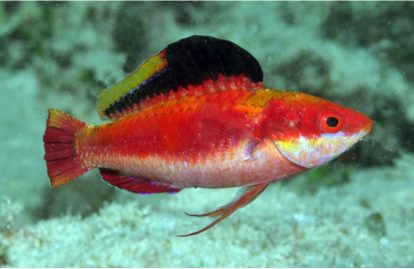
Cirrhilabrus sp. – A stunning new fairy wrasse that was common on the outer slopes of the Ayau atolls, typically in 25-35m depth in current-swept areas.
Photo: GR Allen
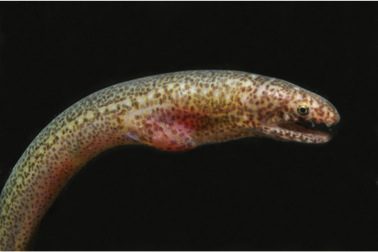
Muraenichthys sp. – this undescribed snake eel is also known from Lembeh Strait; photographed in SW Batanta on silty slope in 20m depth.
Photo: GR Allen
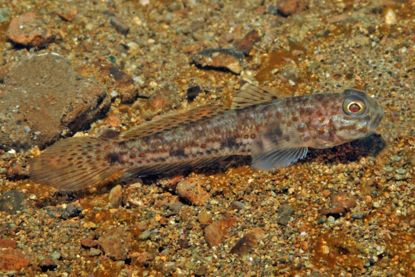
Acentrogobius sp. – Though not particularly pretty, this silt-dwelling goby appears to be a new species from SW Batanta.
Photo: GR Allen
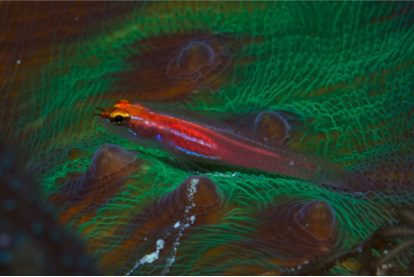
Eviota sp.– This pretty little dwarf goby was found in 15-35m depth deep inside the Wayag lagoon. It is also a new species.
Photo: MV Erdmann
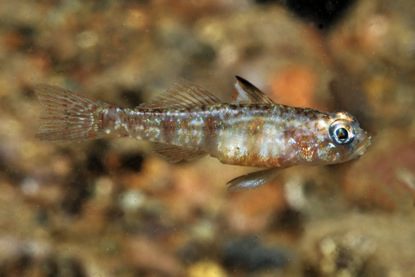
New Goby Genus and Species – measuring only about a centimeter in length, this new goby species found on the silt in SW Batanta is moreover from an undescribed genus currently being worked on by Japanese colleagues.
We’ve previously found other new members of this genus in Lembeh Strait.
GR Allen photo.
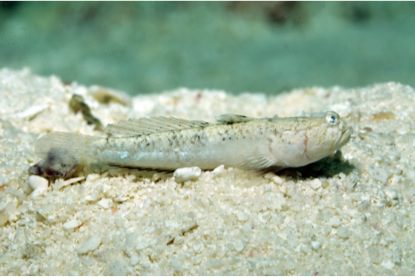
Silhouettea sp. – The sand-burying goby was common in the Ayau lagoon, and appears to be new. It has a similar appearance to a stargazer, though much smaller.
Photo: GR Allen
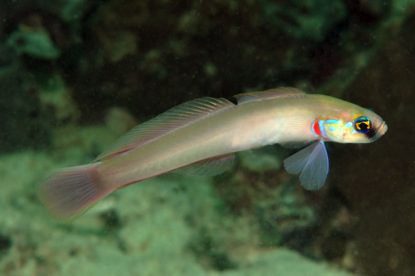
Ptereleotris brachyptera – First ever live photograph of this species, previously known only from Palau and the Marshall Islands.
Photo: GR Allen
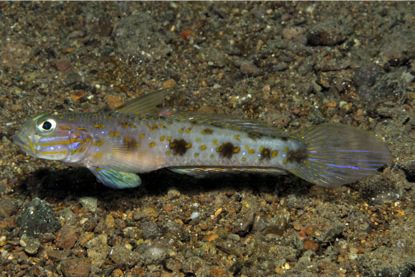
Acentrogobius vanderloosi – This silt-loving goby was only just discovered and described in early 2015 in Milne Bay – range now extended to Raja Ampat (SW Batanta).
Photo: GR Allen
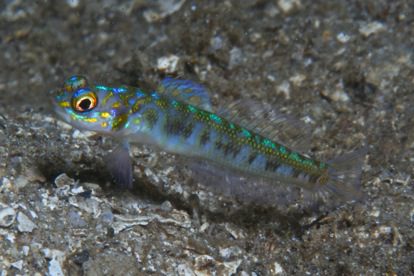
Vanderhorstia lepidobucca – We recently described this species from Lembeh Strait along with a colleague from LIPI; it is now also known from Raja Ampat from one of the deep silty bays of NE Kawe island.
Photo: MV Erdmann
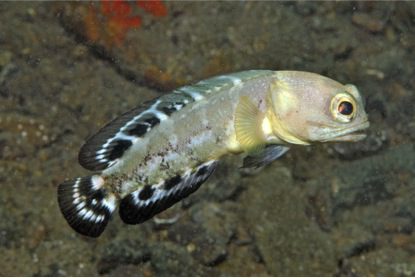
Opistognathus rosenbergii – a jawfish with spectacular fin colouration, this species was previously known from India, Thailand, Vietnam and Sumatra – photographed here in SW Batanta.
Photo: GR Allen
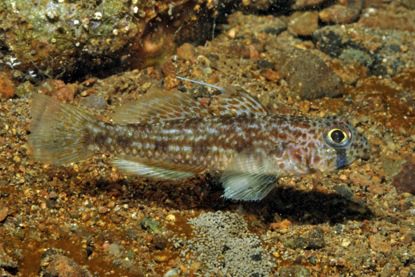
Ancistrogobius squamiceps – Another goby not previously known from the Bird’s Head; in fact, it was only known from the Ryukus in Japan. Photographed in both the Wayag lagoon and SW Batanta.
Photo: MV Erdmann
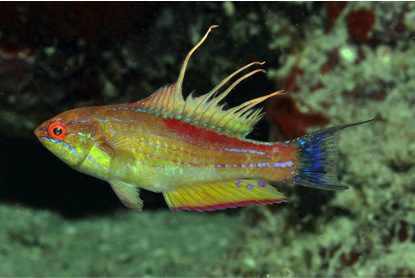
Paracheilinus walton – Walton’s flasher wrasse, previously known only from Cenderawasih Bay, but here photographed on the steep outer wall of Ayau Atoll.
Photo: GR Allen
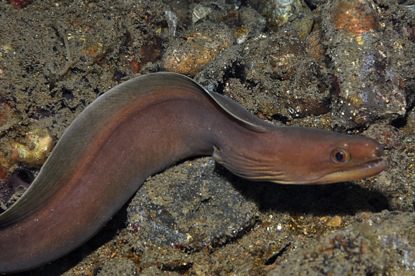
Gymnothorax monochrous – a silt-loving moray we photographed in SW Batanta.
Photo: GR Allen
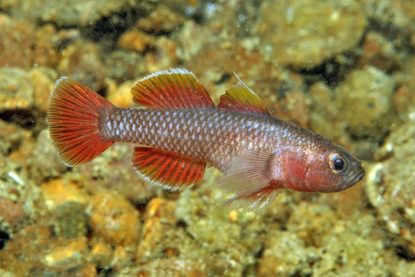
Priolepis aithops. – never before photographed live, this goby was found cohabitating with the ribbon goby Oxymetopon compressus in its silty burrows in SW Batanta.
Photo: GR Allen
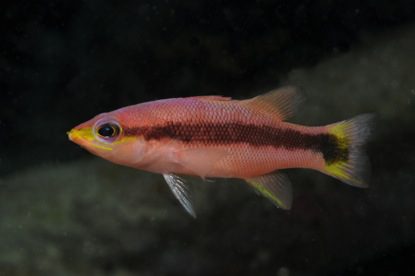
Liopropoma cf lemniscatum – a deep-dwelling cryptic reef fish we found at 70m off SE Waigeo; tentatively identified as L. lemniscatum but may actually represent a new species.
Photo: GR Allen
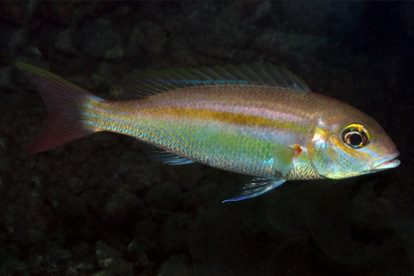
Scolopsis taenioptera – a rarely photographed coral bream newly recorded for the Bird’s Head (SW Batanta).
Photo: GR Allen
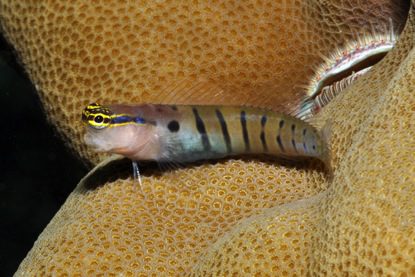
Ecsenius randalli – this coral blenny was previously known only from Halmahera, but now also recorded from the Ayau atolls in Raja Ampat.
Photo: GR Allen
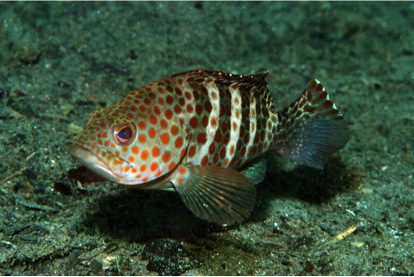
Epinephelus bleekeri – a striking grouper species not normally encountered by divers due to its predilection for silty habitats. New BHS record from SW Batanta.
Photo: GR Allen
Mark Erdmann, PhD
Vice President, Conservation International Asia Pacific Marine Programs





































